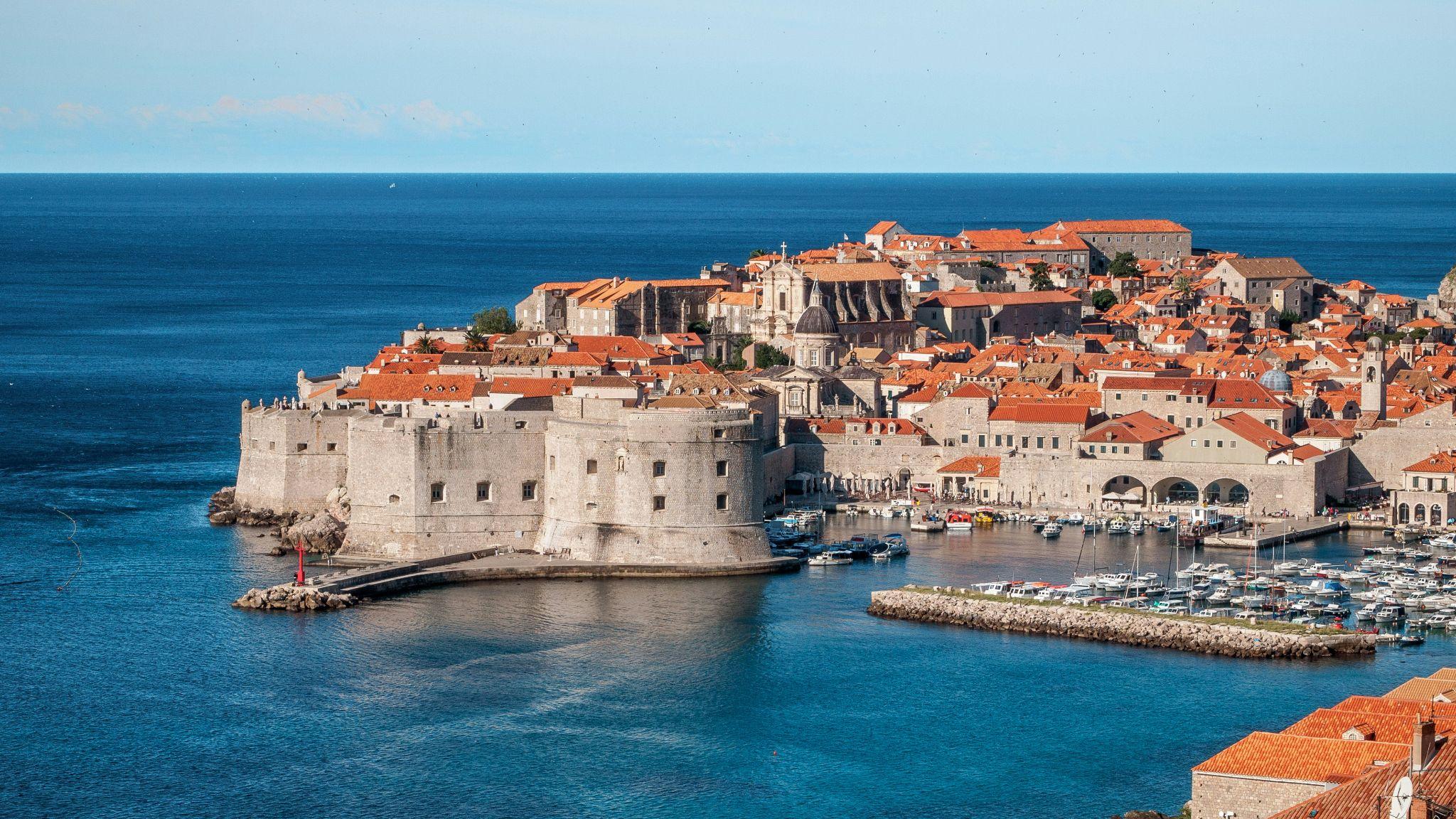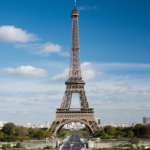Croatia, nestled along the eastern shores of the Adriatic Sea, is often lauded for its stunning coastline. However, venturing beyond the picturesque beaches in a croatia tour unveils a treasure trove of charming cities, each boasting a unique blend of architectural marvels, rich history, and vibrant culture.
This curated exploration delves into some of Croatia’s most captivating destinations, promising a journey through time and a deeper appreciation for the country’s multifaceted heritage.

Content
1. Dubrovnik: A UNESCO Gem Steeped in History
Walk the Walls: Encircling the Old Town, these magnificent 16th-century fortifications offer breathtaking panoramic views of the terracotta-roofed buildings and the sparkling Adriatic Sea.
Tips:
Purchase a Dubrovnik Card for free entry to museums and discounted access to the City Walls.
Consider the early morning or late afternoon for a more peaceful walk, avoiding peak tourist hours.
Wear comfortable shoes, as the walk involves climbing stairs and uneven terrain.
Explore the Rector’s Palace: Step back in time within the walls of this 15th-century palace, once the seat of the Venetian Republic’s authority. Marvel at the Gothic architecture, the ornate courtyard, and the fascinating exhibits showcasing the city’s history.
Tips:
Join a guided tour for a deeper understanding of the palace’s rich history and hidden gems.
Plan your visit around cultural events like concerts or theatrical performances held within the palace courtyard.
Explore the nearby Sponza Palace, a Renaissance gem housing the Croatian State Archives.
2. Split: Diocletian’s Palace Reborn as a City
Wander the Palace Grounds: Delve into the heart of Split, where the Roman Emperor Diocletian’s retirement palace from the 4th century AD has seamlessly transformed into a bustling city center. Explore the labyrinthine alleyways, bustling squares, and architectural gems like the Peristyle and the Cathedral of Saint Domnius.
Tips:
Get ahold of a Split Card for free entry to museums and public transportation within the city.
Consider joining a walking tour led by a local guide to gain insights into the palace’s transformation and the city’s rich history.
Explore the vibrant fish market within the palace walls, offering the freshest local catch and a taste of the city’s culinary scene.
Climb the Bell Tower of St. Domnius: Ascend the 192 steps of the bell tower for a panoramic vista of the city, the harbor, and the surrounding Marjan Hill.
Tips:
Purchase tickets in advance, especially during peak season, to avoid long queues.
Be aware that the climb involves narrow staircases and may not be suitable for those with limited mobility.
Enjoy a refreshing drink or a light meal at the cafes located at the base of the bell tower.
3. Hvar: Where History Meets Glamour
Explore the Historic Town Center: Stroll through the narrow, cobbled streets lined with Venetian Renaissance architecture. Admire the majestic Hvar Cathedral, the Arsenal building, and the Franciscan Monastery, each whispering tales of the island’s rich past.
Tips:
Visit the Tvrdava Fortica (Fortress), offering stunning panoramic views of the town, harbor, and the Pakleni Islands.
Delve into the history of the island at the Hvar Heritage Museum, showcasing archaeological artifacts and exhibits depicting the island’s evolution.
Explore the charming harbor town of Stari Grad, founded by the ancient Greeks, and discover its well-preserved historical sites.
Venture to the Pakleni Islands: Take a boat trip to the Pakleni Islands, a group of 20 small islands known for their pristine beaches, crystal-clear waters, and lively atmosphere.
Tips:
Rent a kayak or paddleboard to explore the hidden coves and secluded beaches around the islands.
Enjoy snorkeling or diving opportunities to witness the diverse marine life thriving in the clear waters.
Relish fresh seafood at one of the many waterfront restaurants on the islands.
4. Porec: A Fusion of Roman and Venetian Heritage
Witness the Euphrasian Basilica: Step into this UNESCO World Heritage Site, a magnificent 6th-century basilica renowned for its exquisite mosaics depicting biblical scenes and intricate Byzantine architectural details.
Tips:
Join a guided tour to learn about the basilica’s fascinating history, construction techniques, and the significance of the mosaics.
Consider attending a concert or a cultural event held within the basilica for a unique experience.
Explore the adjacent Bishop’s Palace and the Treasury, housing a collection of religious artifacts and historical treasures.
Stroll the Decumanus Street: Immerse yourself in the vibrant atmosphere of Porec’s main street, a pedestrian zone lined with shops, cafes, and restaurants. Admire the architectural blend of
Roman and Venetian influences evident in the buildings.
Tips:
Sample the local cuisine at one of the many restaurants offering regional specialties like fresh seafood dishes and pasta variations.
Browse through the shops selling souvenirs, handcrafted goods, and local artwork.
Visit the nearby Marafor Square, the heart of the old town, and soak in the lively atmosphere, especially during evenings.
5. Zagreb: Croatia’s Vibrant Capital City
Explore the Upper Town: Ascend the funicular railway to reach the historic Upper Town, Zagreb’s charming core. Discover St. Mark’s Church with its colorful roof tiles, the bustling Dolac Market overflowing with fresh produce, and the impressive Stone Gate, a remnant of the medieval city walls.
Tips:
Visit the Croatian National Theatre, a magnificent neo-Renaissance building offering tours and a glimpse into the country’s artistic heritage.
Explore the Zagreb Cathedral, the tallest building in the city, and marvel at its neo-Gothic architecture and stained-glass windows.
Take a leisurely walk through Zrinjevac Park, a green oasis in the heart of the city, and enjoy the peaceful atmosphere.
Immerse Yourself in the Museum Scene: Zagreb boasts a plethora of museums catering to diverse interests. Explore the Archaeological Museum, showcasing artifacts from Croatia’s rich history, or the Mimara Museum, housing an impressive collection of European art.
Tips:
Purchase a Zagreb Card for free entry to many museums and discounted access to public transportation.
Research and choose museums aligned with your interests, as Zagreb offers options ranging from contemporary art to scientific exhibits.
Consider attending a cultural event like a concert, a play, or a traditional folklore performance for a deeper dive into Croatian culture.
Beyond the Highlighted Cities:
Croatia’s charm extends far beyond these specific destinations. Picturesque towns like Korcula, known as “Little Dubrovnik,” and Rovinj, with its Venetian-influenced architecture, offer unique experiences.
Enriching Your Exploration:
Learn a few basic Croatian phrases: A little effort goes a long way in enhancing your interactions with the locals and demonstrating respect for their culture.
Sample the local cuisine: Indulge in regional specialties like “pašta fažol” (pasta with beans), “sarma” (stuffed cabbage leaves), and fresh seafood dishes.
Embrace the laid-back atmosphere: Croatia is known for its relaxed pace of life. Slow down, savor the moment, and appreciate the beauty of your surroundings.
A Journey Through Time and Culture:
Venturing beyond the stunning coastline unveils the captivating soul of Croatia. Each city pulsates with its own unique history, architectural marvels, and cultural traditions. So, lace up your walking shoes, delve into the labyrinthine streets, and embark on a croatia tour that transcends the ordinary, promising a deeper appreciation for this multifaceted country.













